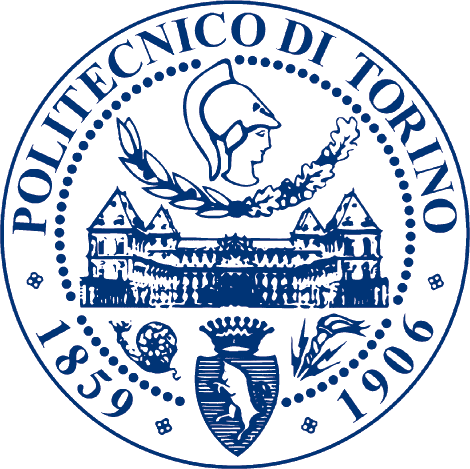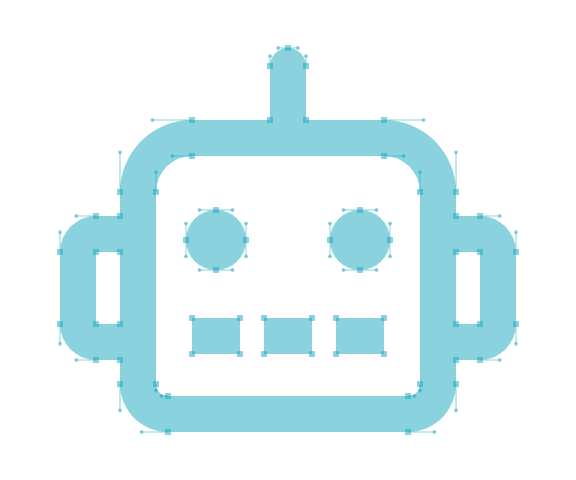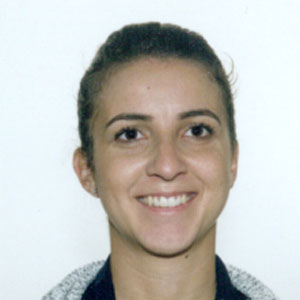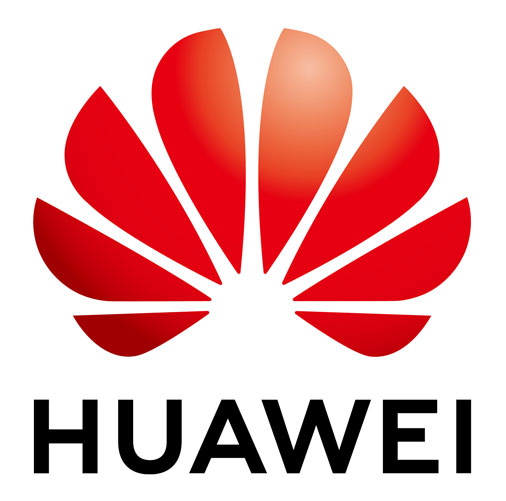Carlotta Masciocchi
- Fondazione Policlinico Universitario A. Gemelli-IRCCS
- http://www.policlinicogemelli.it/
GENERATOR: GEmelli big-data Network per Analisi e Test retrospettivi in Oncologia e Ricerca medica
 Mi sono laureata nel 2012 in Ingegneria Biomedica presso l'Università Campus Biomedico di Roma e ho conseguito il dottorato di ricerca in Scienze Oncologiche presso la Facoltà di Medicina dell'Università Cattolica S.Cuore di Roma nel 2019. Sono stata coinvolta in progetti nazionali e internazionali riguardanti Radiomics, applicazioni di apprendimento distribuito e Machine Learning applicate in Radioterapia e in Oncologia. Il mio ambito di ricerca è principalmente focalizzato nello sviluppo di algoritmi di preservazione della privacy, modelli predittivi e analisi dei dati attraverso approcci di machine learning e intelligenza artificiale.
Mi sono laureata nel 2012 in Ingegneria Biomedica presso l'Università Campus Biomedico di Roma e ho conseguito il dottorato di ricerca in Scienze Oncologiche presso la Facoltà di Medicina dell'Università Cattolica S.Cuore di Roma nel 2019. Sono stata coinvolta in progetti nazionali e internazionali riguardanti Radiomics, applicazioni di apprendimento distribuito e Machine Learning applicate in Radioterapia e in Oncologia. Il mio ambito di ricerca è principalmente focalizzato nello sviluppo di algoritmi di preservazione della privacy, modelli predittivi e analisi dei dati attraverso approcci di machine learning e intelligenza artificiale.
 I graduated in 2012 in Biomedical Engineering at the Campus Biomedico University of Rome and I got a PhD in Oncological Sciences at the School of Medicine of the Università Cattolica S.Cuore of Rome in 2019. I have been involved in national and international projects regarding Radiomics, Distributed Learning and Machine Learning applications in Radiotherapy and Oncology and I focus my research activity on the development of privacy-preserving algorithms, predictive models and data analysis through machine learning and artificial intelligence approaches.
I graduated in 2012 in Biomedical Engineering at the Campus Biomedico University of Rome and I got a PhD in Oncological Sciences at the School of Medicine of the Università Cattolica S.Cuore of Rome in 2019. I have been involved in national and international projects regarding Radiomics, Distributed Learning and Machine Learning applications in Radiotherapy and Oncology and I focus my research activity on the development of privacy-preserving algorithms, predictive models and data analysis through machine learning and artificial intelligence approaches.
SESSIONE 4. Dati della ricerca: nuove opportunità e sfide
GENERATOR: GEmelli big-data Network per Analisi e Test retrospettivi in Oncologia e Ricerca medica
 I costanti progressi tecnologici nel settore sanitario hanno potenziato la capacità di accumulare e raccogliere proficuamente grandi quantità di dati. Questo ha permesso di mettere in contatto operatori sanitari con così grandi database ma difficili da analizzare utilizzando tecniche convenzionali. Per questo motivo i Big Data Analytics dovrebbero diventare parte integrante del sistema sanitario, offrendo enormi benefici sia per i pazienti che per le istituzioni che possiedono tali quantità di dati. Una delle principali complicazioni riscontrate durante l'interazione con i milioni di dati disponibili nella Fondazione Policlinico Universitario A. Gemelli IRCCS di Roma, è stato il decentramento e la frammentazione dei database, che ha portato ad ottenere dati incompleti, non disponibili o ampiamente distribuiti. L'infrastruttura chiamata GENERATOR, proposta in questo lavoro, mira a centrare e ad integrare i dati logici, coerenti e trasversali, provenienti da archivi come il Data Warehouse (DWH) e i vari archivi clinici e di ricerca presenti nei vari dipartimenti istituzionali. Sviluppando e applicando un'ontologia, utilizzata come linguaggio comune, intendiamo gettare le basi per una piattaforma facilmente accessibile ma strutturalmente efficiente in grado di sostenere un numero di robot semi-automatizzati o automatizzati al servizio dei ricercatori e del personale medico. Strutturalmente l'intero framework presenta quattro zone distinte ma collegate, composte dalla DWH Archive Zone, dalla Health Zone, dalla Data Augmentation Zone, dal Marketplace Zone e da nove tipi di robot. Questa infrastruttura così composta, consentirà di sfruttare la ricchezza di informazioni degli archivi a disposizione e di affrontare il complesso flusso di lavoro dei big data, con un occhio vigile sulla preservazione della proprietà dei dati e della privacy dei dati. Il nostro obiettivo finale sarà quello di rilasciare una serie di servizi robotizzati semi-automatici o automatizzati a servizio dei ricercatori e del personale medico, al fine di sviluppare e validare modelli statistici estratti dall'intera pipeline
I costanti progressi tecnologici nel settore sanitario hanno potenziato la capacità di accumulare e raccogliere proficuamente grandi quantità di dati. Questo ha permesso di mettere in contatto operatori sanitari con così grandi database ma difficili da analizzare utilizzando tecniche convenzionali. Per questo motivo i Big Data Analytics dovrebbero diventare parte integrante del sistema sanitario, offrendo enormi benefici sia per i pazienti che per le istituzioni che possiedono tali quantità di dati. Una delle principali complicazioni riscontrate durante l'interazione con i milioni di dati disponibili nella Fondazione Policlinico Universitario A. Gemelli IRCCS di Roma, è stato il decentramento e la frammentazione dei database, che ha portato ad ottenere dati incompleti, non disponibili o ampiamente distribuiti. L'infrastruttura chiamata GENERATOR, proposta in questo lavoro, mira a centrare e ad integrare i dati logici, coerenti e trasversali, provenienti da archivi come il Data Warehouse (DWH) e i vari archivi clinici e di ricerca presenti nei vari dipartimenti istituzionali. Sviluppando e applicando un'ontologia, utilizzata come linguaggio comune, intendiamo gettare le basi per una piattaforma facilmente accessibile ma strutturalmente efficiente in grado di sostenere un numero di robot semi-automatizzati o automatizzati al servizio dei ricercatori e del personale medico. Strutturalmente l'intero framework presenta quattro zone distinte ma collegate, composte dalla DWH Archive Zone, dalla Health Zone, dalla Data Augmentation Zone, dal Marketplace Zone e da nove tipi di robot. Questa infrastruttura così composta, consentirà di sfruttare la ricchezza di informazioni degli archivi a disposizione e di affrontare il complesso flusso di lavoro dei big data, con un occhio vigile sulla preservazione della proprietà dei dati e della privacy dei dati. Il nostro obiettivo finale sarà quello di rilasciare una serie di servizi robotizzati semi-automatici o automatizzati a servizio dei ricercatori e del personale medico, al fine di sviluppare e validare modelli statistici estratti dall'intera pipeline
GENERATOR: GEmelli big-data NEtwork for Retrospective Analysis and Test in Oncology and medical Research
 The constant technological advancements in the healthcare sector have boosted the ability to proficiently accumulate and harvest vast amounts of data. This has put healthcare operators in contact with solarge databasesthatare very hard to analyze through conventional techniques. For this reason Big Data Analytics,have to become an integral part of the healthcare system, yielding enormous benefitsboth for the patients and for the institutions owning the databases. One of the main complicationswe ran into while interactingwiththe millions ofdataitemsavailable in the Fondazione Policlinico Universitario A. Gemelli IRCCS of Rome, was thedecentralization and fragmentation of the databases, leading to incomplete,unavailableor widely disperseddata.The GENERATORinfrastructure, proposed in the abstract, aims tocentralize and integrate the logical, consistent and traversal data,coming from archives such as the Data Warehouse (DWH) and the various clinical and research archives present in the Institutional departments. By developing and applying an ontology, used as a common language, we intend to lay the foundation for an easily accessible but structurally efficient platform that can sustain a number of semi-automated or automated robots at the service of researchers and medical staff. Structurally, four distinct but connected zone, composed of the DWH Archive Zone, the Health Zone, the Data Augmentation Zone, the Marketplace Zone, and nine types of robots, will encompass the entire framework. This layout will allow us to tap into the wealth of informationat ourdisposal and tackle the complex big data workflow, with a vigilant eye on preserving data ownership and data privacy.Our final objective is to release a series of semi-automated or automated robot service at the disposal of researchers and medical staff,in order to develop and validate statistical models extracted from the entire pipeline
The constant technological advancements in the healthcare sector have boosted the ability to proficiently accumulate and harvest vast amounts of data. This has put healthcare operators in contact with solarge databasesthatare very hard to analyze through conventional techniques. For this reason Big Data Analytics,have to become an integral part of the healthcare system, yielding enormous benefitsboth for the patients and for the institutions owning the databases. One of the main complicationswe ran into while interactingwiththe millions ofdataitemsavailable in the Fondazione Policlinico Universitario A. Gemelli IRCCS of Rome, was thedecentralization and fragmentation of the databases, leading to incomplete,unavailableor widely disperseddata.The GENERATORinfrastructure, proposed in the abstract, aims tocentralize and integrate the logical, consistent and traversal data,coming from archives such as the Data Warehouse (DWH) and the various clinical and research archives present in the Institutional departments. By developing and applying an ontology, used as a common language, we intend to lay the foundation for an easily accessible but structurally efficient platform that can sustain a number of semi-automated or automated robots at the service of researchers and medical staff. Structurally, four distinct but connected zone, composed of the DWH Archive Zone, the Health Zone, the Data Augmentation Zone, the Marketplace Zone, and nine types of robots, will encompass the entire framework. This layout will allow us to tap into the wealth of informationat ourdisposal and tackle the complex big data workflow, with a vigilant eye on preserving data ownership and data privacy.Our final objective is to release a series of semi-automated or automated robot service at the disposal of researchers and medical staff,in order to develop and validate statistical models extracted from the entire pipeline












